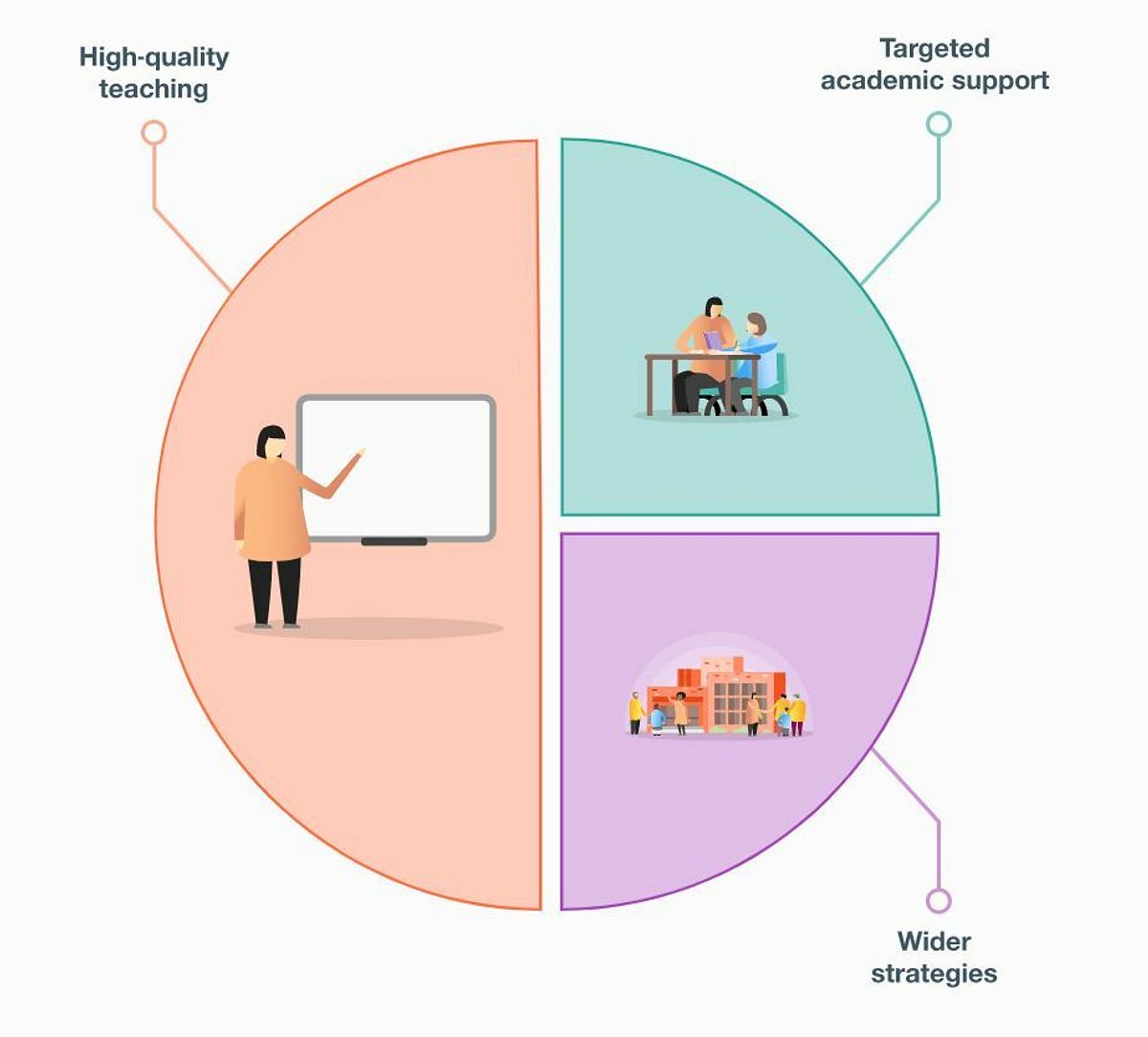My teaching experience includes over 10 years at primary, a further 14 in secondary science, and lead responsibilities for Years 6 – 7 transition, and more latterly as a SENCo. Like many schools, I am in the midst of visiting the Year 6s due to join our school in September.
We know that transitions between classes, year groups and settings will be of significant importance in the lead up to the new academic year.
It is challenging to get school transitions right for all pupils, whether they are moving to the classroom next door or to an entirely new setting. A high-achieving learner can struggle if curriculum expectations at their new setting are low. A pupil with SEND can thrive due to a highly bespoke transition with additional visits and scaffolds for new routines. There are differential experiences, and we cannot make sweeping statements about particular groups, as some pupils may struggle with new classroom routines but not friendship networks and vice versa.
And so, how can school leaders best prepare for their new cohorts and plan for successful transitions?
Research evidence that attends transition is largely focused on the move from primary to secondary; however, principles can be learned for other potentially vulnerable transition points.
Several studies have shown a dip in attainment coinciding with this time of change, with slippage in literacy and numeracy being especially well evidenced. Reasons cited include:
- lack of curriculum continuity;
- difficulties adapting to academic challenges;
- lack of familiarity with school systems, routines and new expectations; and,
- issues with developing healthy peer networks.
Though the evidence on how transitions impact upon pupils is varied, it does offer many useful points around the key factors most likely to contribute to a successful transition. There are a trio of challenges.
Curriculum Continuity
Some children are vulnerable to poor academic progression and disengagement during transition. Children who have the necessary academic preparedness and who are able to work independently are often able to cope with problems and are more likely to be successful.
Conversations between teachers on curriculum matters are helpful. Bridging projects and booklets, offering information, encouragement, support and assistance with lessons and homework can be helpful.
The EEF guidance report, Metacognition and Self-Regulated Learning, includes recommendations schools can think through to apply in their setting.
School routines and expectations
Successful transitions, as identified from case studies in the research, are those with close cross-phase links. A variety of opportunities for induction, taster days and visits between schools appear to improve institutional adjustment. For example, help with getting to know the physical school building, school routines, along with the relaxing of rules in the early weeks, to allow time for explanation, practise and reinforcement.
See the EEF guidance report, Improving Behaviour in Schools, for further evidence-based recommendations.
Healthy peer networks
Pupils and parents are often concerned with changes in relationships during transitions, including issues around bullying. Some studies report a positive effect on social adjustment through opportunities for establishing new friendships.
Factors that can contribute to positive transitions include: looking forward to going to their new school; the friendliness of the older children and those in their class; having moved to the same school with existing friends; having older siblings who could offer them advice and support.
Have a look at the recommendations in our guidance report, Improving Social and Emotional Learning in Primary Schools.
Schools put their efforts into sharing information and making new, positive connections, so that pupils start confidently in their new setting. And yet, we know that schools can find it a challenge to make transition work for all pupils – whether this is transition itself or more to do with sustained issues over time needs to be explored. By anticipating the risk points around times of transition, schools, parents/carers and young people can work together to deliberately build support.
Some questions for reflection on this trio of challenges are posed in our new Transition Tool, featured in our ‘School Improvement Planning’ section. These can help guide school leaders to examine transition in their schools.

Exploring the impact of existing transition arrangements is something school leaders will be thinking about given the varied experiences of last year. This provides an opportunity to re-think processes that may in some cases have been in place for some time, using the EEF guidance highlighted here.
Considering the trio of challenges will be a balancing act. The danger might be trying to do too much. Getting it right requires us to prioritise, to do a few things really well.
School transition tool
Uploaded: • 340.8 KB - pdfEvangelou, M., Taggart, B., Sylva, K., Melhuish, E., Sammons, P., Siraj-Blatchford, I. (2008) What makes a successful transition from primary to secondary school? Effective Pre-school, Primary and Secondary Education 3 – 14 Project (EPPSE 3 – 14) London England: Department for Children, Schools & Families.
Bharara, G. (2020) Factors facilitating a positive transition to secondary school: A systematic literature review, International Journal of School & Educational Psychology, 8:sup1, 104 – 123, DOI: 10.1080/21683603.2019.1572552.
Jindal‐Snape, D., Hannah, E. F., Cantali, D., Barlow, W., MacGillivray, S. (2020) Systematic literature review of primary‒secondary transitions: International research. Review of Education, 8(2), 526 – 566.
West, P., Sweeting, H., Young, R. (2010) Transition matters: pupils’ experiences of the primary – secondary school transition in the West of Scotland and consequences for well‐being and attainment, Research Papers in Education, 25:1, 21 – 50, DOI: 10.1080÷02671520802308677.
Van Rens, M., Haelermans, C., Groot, W., Van den Brink, H. M. (2018) Facilitating a successful transition to secondary school:(how) does it work? A systematic literature review. Adolescent Research Review, 3(1), 43 – 56.
